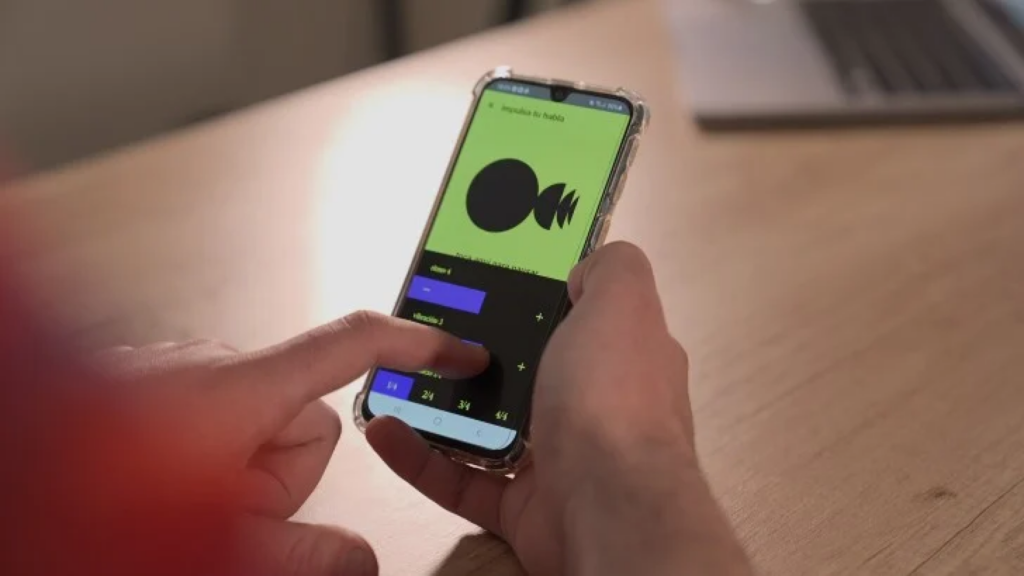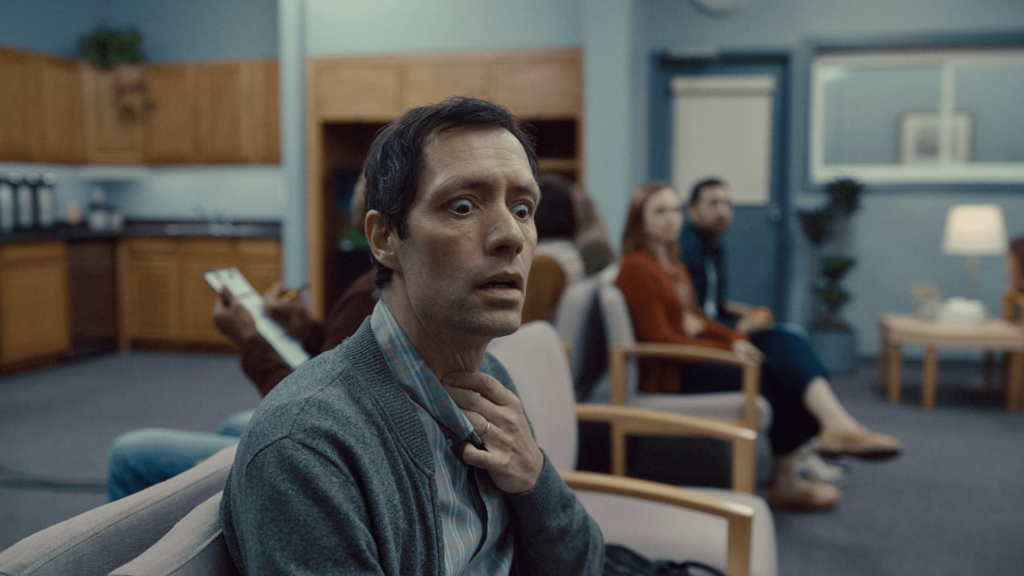Big Tech Approaches to Health, Health Tech Solutions and its Communications
The lines between Big Tech and healthcare are blurring faster than ever before. Tech giants with their vast resources and innovative spirit are increasingly entering the healthcare space, leading to a wave of groundbreaking advancements. This convergence is fundamentally changing how we approach health and wellness, offering exciting possibilities for both patients and healthcare professionals.
One of the most significant outcomes of this convergence is the rise of patient centric solutions. Big Tech companies are leveraging their expertise in user experience to develop tools and applications that empower individuals to take a more active role in managing their health. From wearable devices that track vital signs to AI-powered health assistants that provide personalized guidance, these solutions are putting valuable information and resources directly into the hands of patients.
In this edition we bring diverse examples that highlight the potential of Big Tech to not only develop solutions but also influence mindsets and shape conversations within the evolving landscape of healthcare and health tech communications.
Case 1
The Lost Voice (US)
Apple uses fantasy to present its “Personal Voice" Accessibility Feature
In a new Apple ad celebrating International Day of Persons with Disabilities, a young girl embarks on a quest to find her friend’s voice in a fantastical world.
The ad introduces “Personal Voice,” an iPhone accessibility feature that can recreate a person’s voice based on a sample, helping those who have lost their ability to speak.
Directed by New Zealand filmmaker Taika Waititi, the film blends animation and live-action to showcase the product in action. It culminates with the appearance of Dr. Tristram Ingham, a doctor and associate professor of epidemiology who has facioscapulohumeral muscular dystrophy (FSHD), a condition that can lead to speech loss. He recorded his narration using “Personal Voice.”
The storybook featured at the end of the film comes to life, both as a physical book and a free e-book available for download on Apple. This campaign highlights the role of accessible technology in the daily lives of its users.
Apple “Personal Voice” campaign offers valuable lessons for pharma on using emotional storytelling, accessibility awareness, and patient-centric messaging to create impactful and successful campaigns.
Case 2
SAMSUNG IMPULSE (SPAIN)
The first AI Powered Haptic Therapist for Speaking Disorders
Impulse is an Artificial Intelligence app for Galaxy Watch that helps around 100M people worldwide with speech disorders and stuttering. Through an algorithm based on Natural Language Processing, it analyzes and translates words into rhythmic vibrations allowing users to have an invisible and inaudible assistant on their wrist, which helps to synchronize the brain with the speech.

This multifunction app helps users in many situations through Voice assistance, AI speech coach and Rhythm & Tone exercises, all of them based on a subconscious tempo that activates neural impulses of language.
The app leverages cutting-edge Natural Language Processing (NLP) to analyze speech and translate it into helpful rhythmic vibrations. This unique approach offers a new tool for managing speech disorders. It is also discreet and offers personalized support. Beyond basic speech assistance, the app offers features that provide a well-rounded support system for users.
The Impulse case study shows us how technology can create impactful solutions for healthcare with innovative, patient-centric, and data-driven approaches to improve patient experiences and health outcomes. The case also builds emotional connection as it can evoke empathy and understanding for people with speech disorders and raise awareness about this health challenge.
Case 3
The Waiting Room (US)
Apple gives a significant contribution to the ongoing discussion about health data privacy
“The Waiting Room” sparked a global debate about health data privacy by highlighting the importance of keeping health data private on your phone.

In the film, an all-knowing villain gleefully overshares people’s most personal data as they wait in a doctor’s office waiting room.
This campaign stands out for its impactful approach to a critical issue: data privacy, especially concerning sensitive health information. The film uses a relatable setting – a doctor’s waiting room – and a chilling villain to expose the dangers of data breaches in a way that’s both memorable and thought-provoking. This creative approach sparked a global conversation about health data privacy, reaching a massive audience and reinforces Apple’s commitment to user privacy. The campaign earned global coverage in 100+ publications and 326 million global views allowing Apple to restate its commitment to data privacy when and where it matters most.
It is inspiring to see a tech industry giant like Apple is breaking new ground by challenging conventional thinking and raising the alarm about a critical issue facing the healthcare sector: data privacy.
Key Takeaways:
our cut ABBOVE
We saw
Tech-driven patient empowerment: Big Tech companies like Apple and Samsung are developing innovative solutions that put the power directly in patients’ hands.
From AI-powered speech assistants to voice recreation features, these advancements promote active participation in health management.
We learned that
Patient-centricity is crucial: Successful health communication strategies need to prioritize patient needs and well-being.
To embrace emotional connection: Engaging storytelling and emotional appeals can resonate deeply with audiences, fostering empathy and understanding for health challenges.
Data privacy is a shared responsibility: Both pharma companies and tech giants need to be transparent and proactive in addressing data privacy concerns within the healthcare sector.
This encourages us to
Craft compelling narratives: Leverage storytelling to build emotional connections with patients, raise awareness about health issues, and promote treatment options.
Address data privacy concerns: Prioritize data security and transparency in all communication efforts to build trust with patients and healthcare professionals.
Collaborate with Big Tech: Explore potential collaborations with technology companies to develop innovative solutions and enhance patient experiences.
Triggers for innovating
How can we build trust with patients by creating transparent communication channels around data privacy?
What if we partnered with Big Tech companies to develop secure, patient-controlled healthcare data platforms?
How can we enable patients to actively participate in their treatment plans?
What if we used immersive storytelling experiences to educate patients about their conditions and empower them to make informed decisions?
What if we use personalized AI companions that guide patients and track progress?
How can we leverage gamification and wearables to make treatment adherence more engaging and rewarding for patients?
What if we utilize data analytics to deliver targeted health information and support to patients at the right time?
ABBOVE TEAM